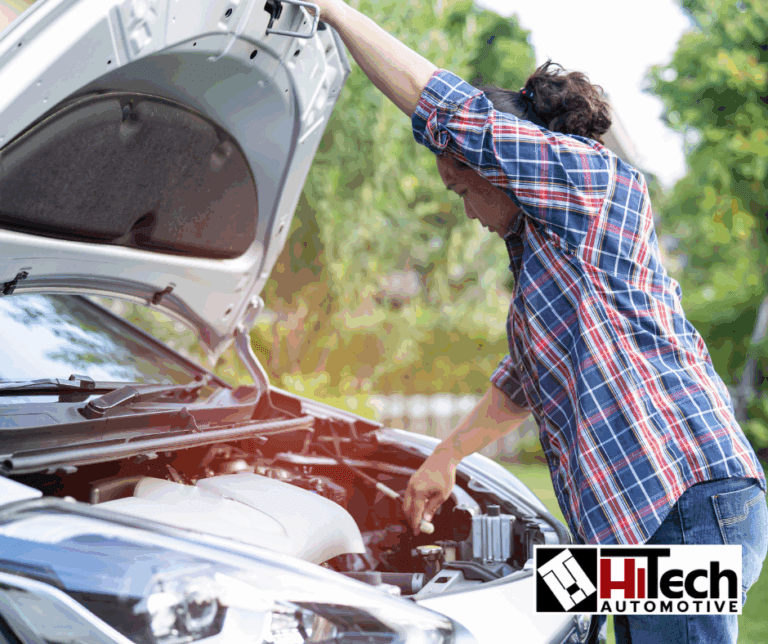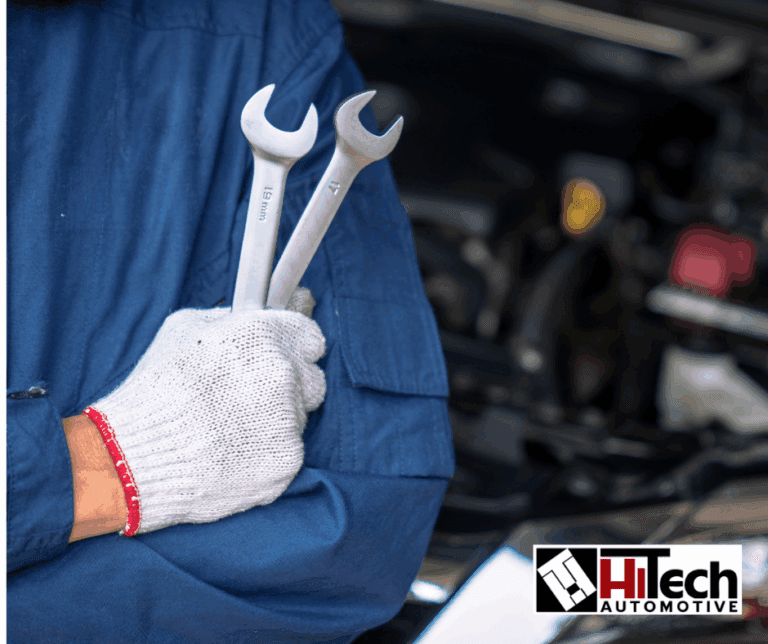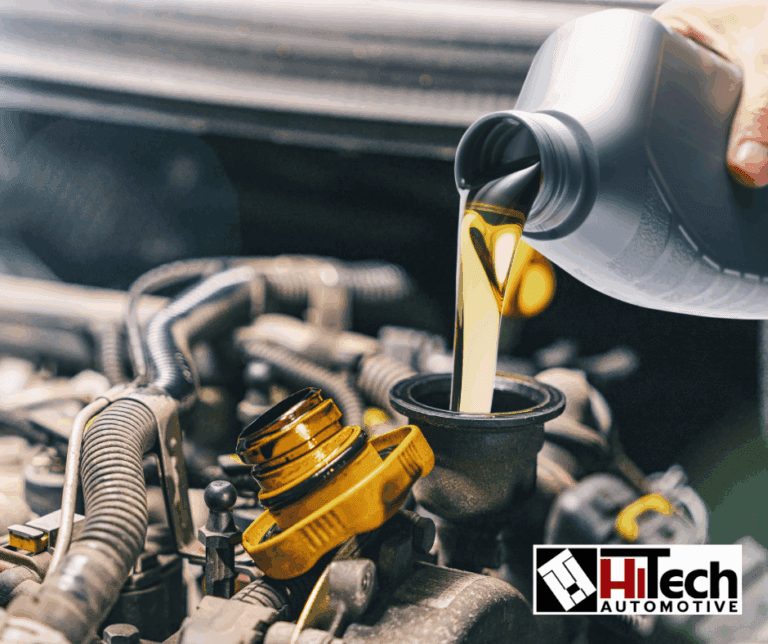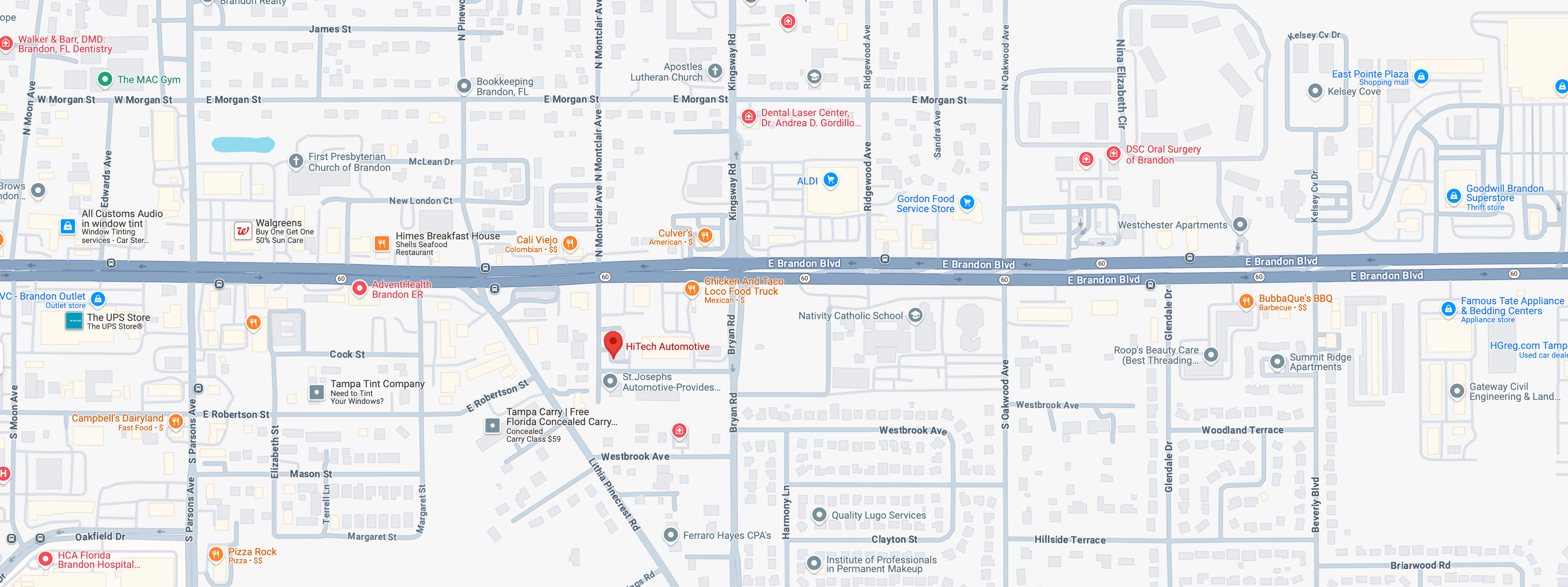If you’re driving along and notice that your check engine light is on, it’s understandable to feel concerned. After all, this little warning symbol is one of the most common indicators that something could be wrong with your vehicle. The check engine light is part of your car’s onboard diagnostics (OBD) system, designed to alert you to any potential issues, whether minor or serious. Understanding why your check engine light is on can help you take the appropriate steps and ensure that your vehicle runs smoothly for years to come.
What Does the Check Engine Light Mean?
The check engine light, also known as the malfunction indicator light (MIL), is one of the most important alerts your vehicle can give you. It’s typically linked to the engine, transmission, or other essential systems of your car. The light could appear for a wide variety of reasons, ranging from minor issues to more complex mechanical problems. It’s always important to pay attention to the light, as it signals that the vehicle’s computer system has detected a problem that needs attention.
While the check engine light may sometimes turn on for something as simple as a loose gas cap, it can also indicate more serious issues, such as a faulty oxygen sensor or problems with the catalytic converter. Therefore, it’s crucial to get your car checked as soon as possible, rather than assuming it’s a harmless issue.
Common Causes for the Check Engine Light to Turn On
There are many potential reasons your check engine light might come on. Some causes are relatively easy to fix, while others could be more complex and costly. Below are some of the most common issues that could trigger the check engine light.
Loose or Faulty Gas Cap
One of the simplest and most common reasons for your check engine light to come on is a loose or faulty gas cap. When the cap is not properly secured, it can cause fuel vapors to escape, which affects the vehicle’s fuel pressure and emissions system. In many cases, simply tightening or replacing the gas cap will turn off the check engine light.
Oxygen Sensor Failure
Your vehicle’s oxygen sensors are responsible for measuring the amount of oxygen in the exhaust and sending this data to the engine control unit (ECU). If one of these sensors malfunctions, it can affect the fuel-to-air ratio, which in turn impacts fuel efficiency, performance, and emissions. A faulty oxygen sensor will typically trigger the check engine light, signaling that a replacement is necessary.
Catalytic Converter Problems
The catalytic converter is a critical component in reducing harmful emissions. It helps transform toxic gases from the engine’s exhaust into less harmful emissions. If the catalytic converter becomes clogged or fails, it can lead to poor vehicle performance, reduced fuel efficiency, and increased emissions. In such cases, the check engine light will likely appear, indicating a need for repairs or replacement of the catalytic converter.
Worn Spark Plugs or Ignition Wires
The spark plugs in your vehicle are responsible for igniting the fuel and air mixture in the engine. Over time, spark plugs can wear out or become dirty, causing engine misfires. Misfires can negatively affect engine performance and fuel economy, and the check engine light will likely come on as a result. If the issue is related to spark plugs or ignition wires, they will need to be replaced to restore normal function.
Mass Airflow Sensor Malfunctions
The mass airflow sensor measures the amount of air entering the engine to help the ECU determine how much fuel is needed for proper combustion. If the sensor becomes dirty or fails, it can cause incorrect air-to-fuel ratios, which can affect engine performance and fuel efficiency. A malfunctioning mass airflow sensor will typically trigger the check engine light, signaling that it needs to be cleaned or replaced.
Exhaust Gas Recirculation (EGR) Valve Issues
The EGR valve helps lower nitrogen oxide emissions by recirculating some of the exhaust gases back into the engine. If the valve becomes clogged or malfunctions, it can lead to poor engine performance and trigger the check engine light. A faulty EGR valve can also result in increased emissions and cause the vehicle to fail an emissions test, so it’s important to address this issue promptly.
Ignition Coil Failure
Ignition coils play a vital role in powering the spark plugs. If one or more ignition coils fail, it can cause engine misfires, rough idling, and poor fuel economy. The check engine light will likely come on in such cases, signaling the need for a replacement ignition coil. Ignoring this issue can lead to further damage, so it’s essential to get it fixed sooner rather than later.
Vacuum Leaks
Your vehicle’s vacuum system plays a key role in controlling various functions, including the engine’s performance. A vacuum leak can affect fuel consumption, engine performance, and overall efficiency. If a significant leak is present, the check engine light will often turn on to alert you to the problem. Fixing a vacuum leak is typically a straightforward repair, but it’s essential to address it before it leads to more significant engine issues.
What Should You Do When the Check Engine Light Comes On?
When your check engine light turns on, it’s important not to panic. While some causes are simple to resolve, others may require more immediate attention. Here are a few steps to take when the check engine light comes on:
Check for Obvious Issues
Before heading to the mechanic, check if something simple might be causing the issue, such as a loose or damaged gas cap. If you find the gas cap to be the problem, tightening or replacing it may turn the light off. If this doesn’t solve the problem, however, there may be a deeper issue that requires professional attention.
Run a Diagnostic Test
The next step is to take your car to a mechanic or auto repair shop to have a diagnostic test run. Using an OBD-II scanner, the technician can pull the error codes from your vehicle’s computer and determine what caused the check engine light to come on. The diagnostic test will provide important information about the exact nature of the problem.
Don’t Delay Repairs
While some check engine light issues may seem minor, ignoring them can lead to further damage and more expensive repairs down the line. Even if the issue seems to be small, it’s always a good idea to get it looked at by a professional as soon as possible.
Conclusion
The check engine light is an important indicator that something in your car isn’t working properly. Whether it’s a loose gas cap or a more serious problem like a failing catalytic converter, addressing the issue as soon as possible is crucial for maintaining your vehicle’s health. Don’t ignore the warning – visit HiTech Automotive for a diagnostic check and reliable repairs to keep your car running smoothly. Schedule an appointment by clicking here today!













